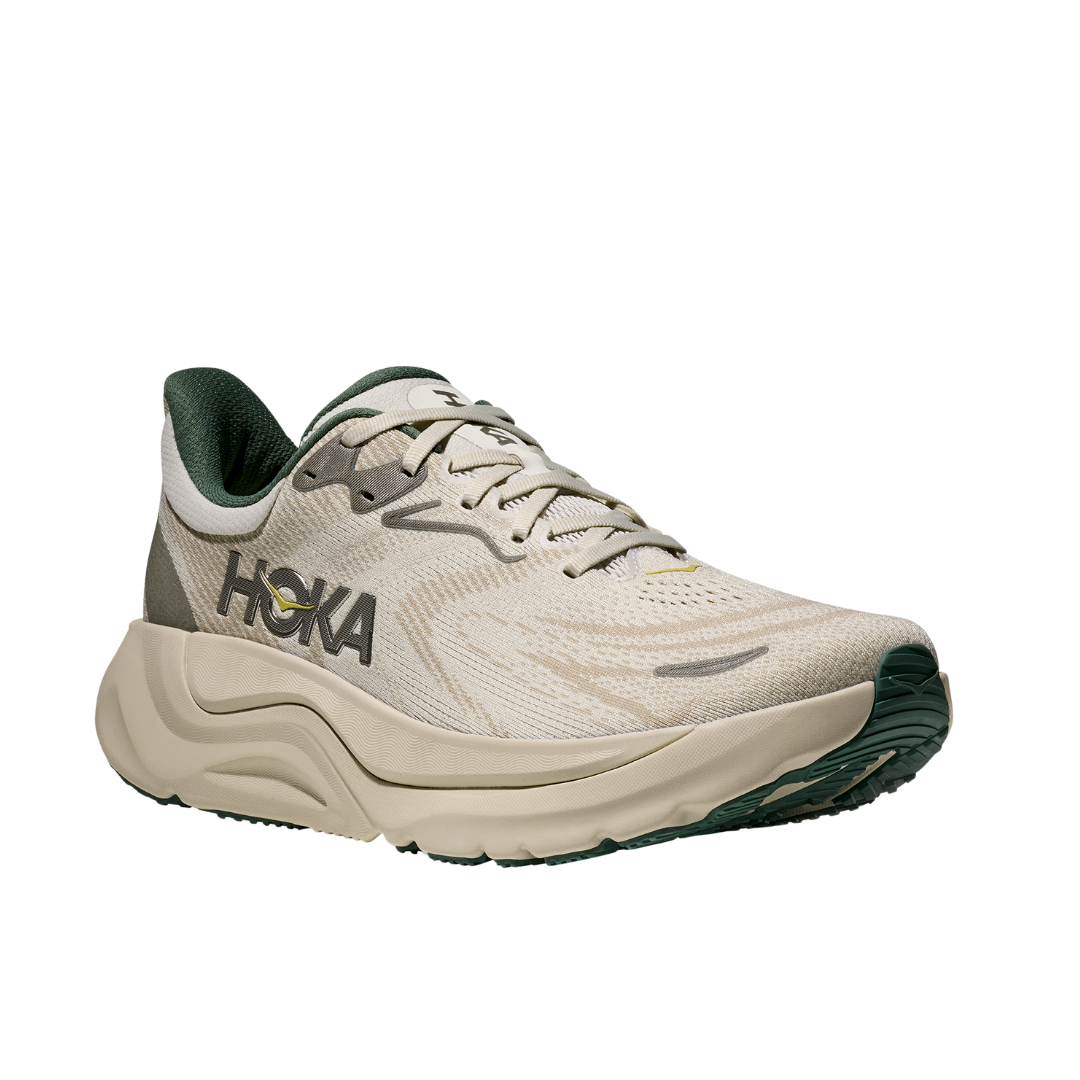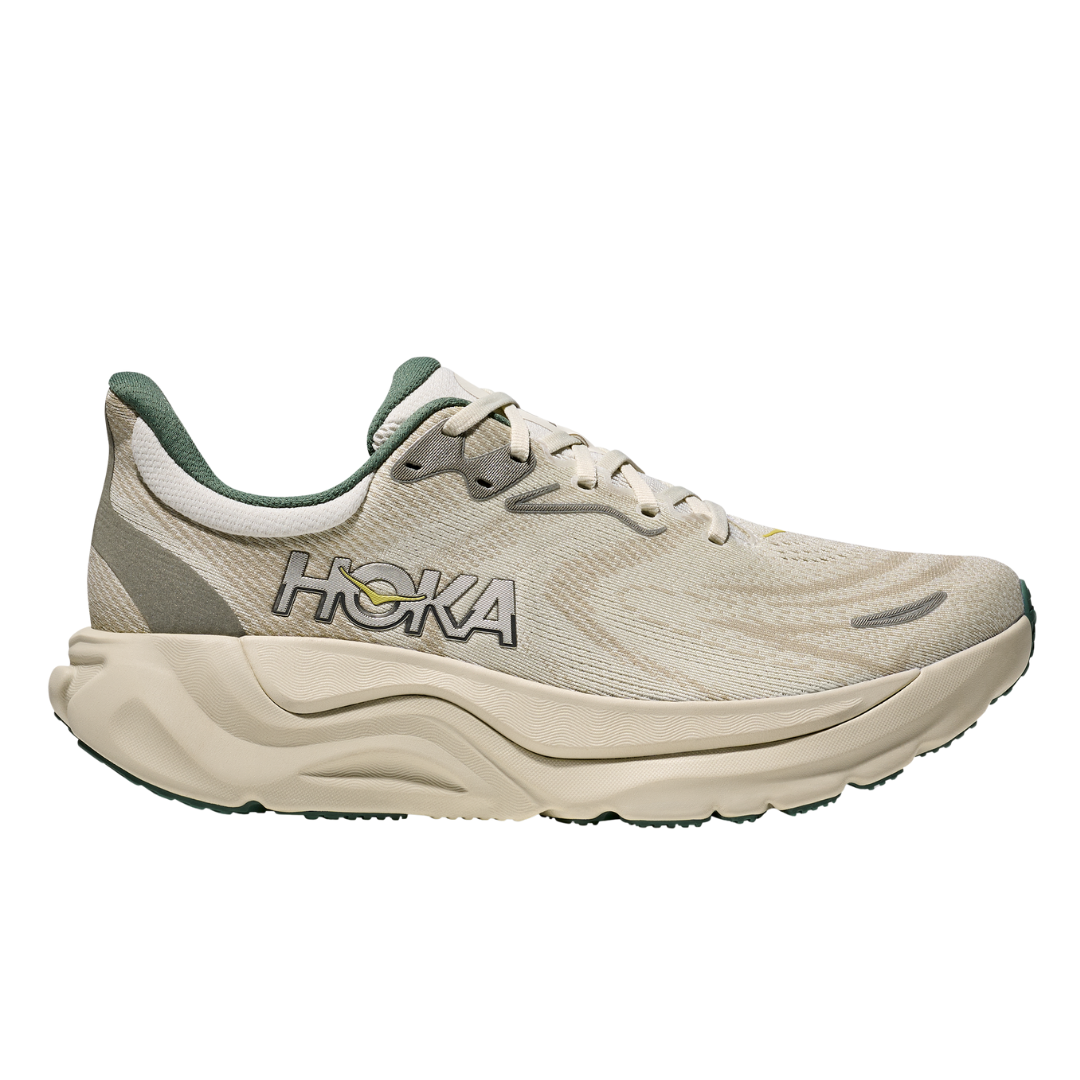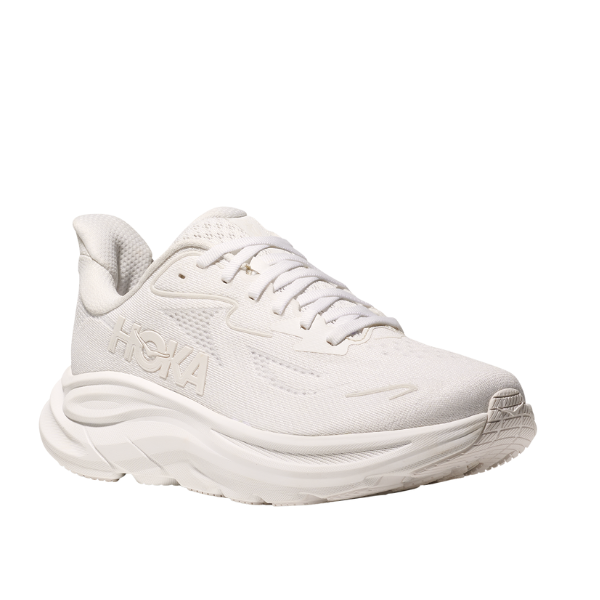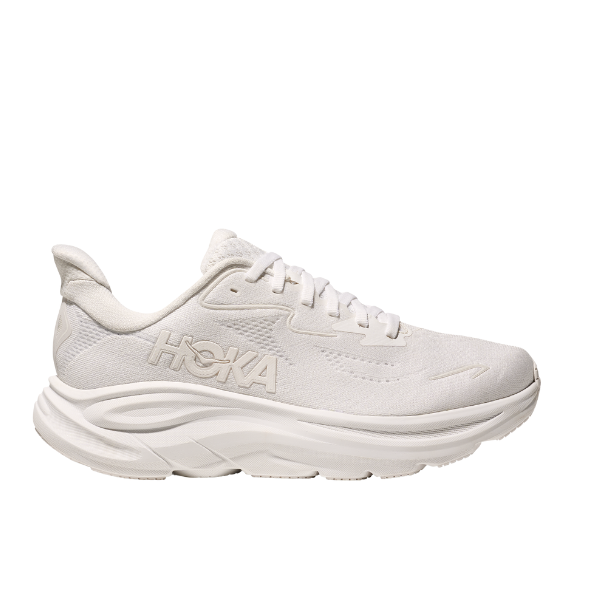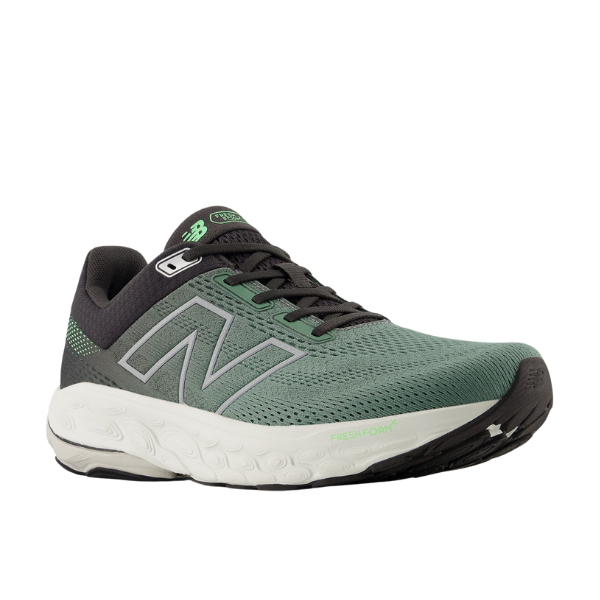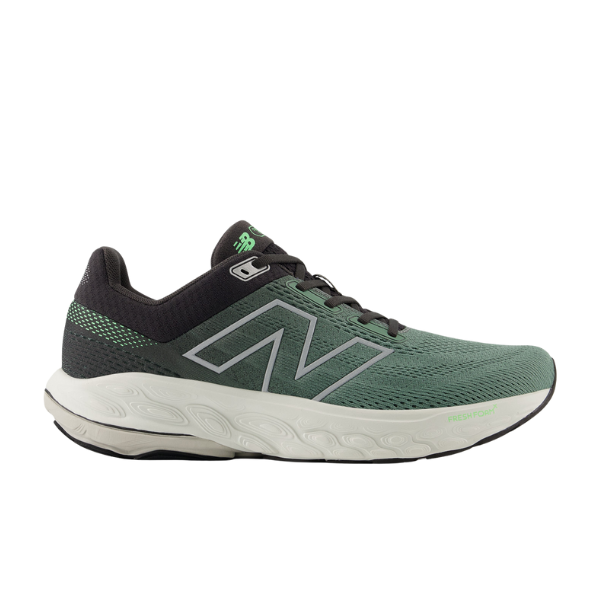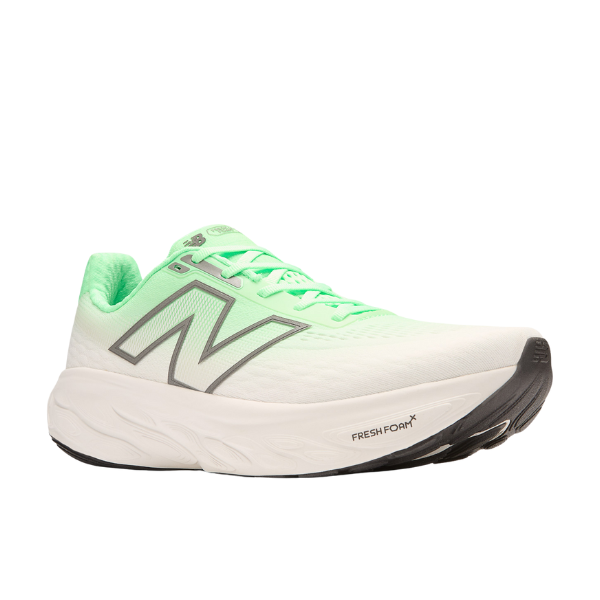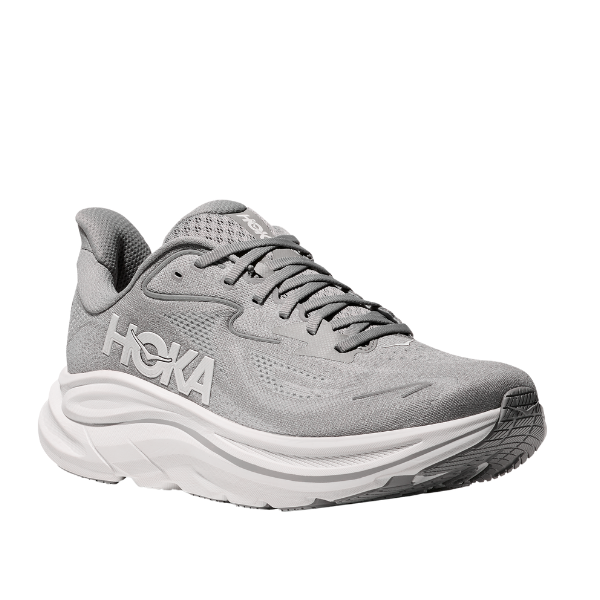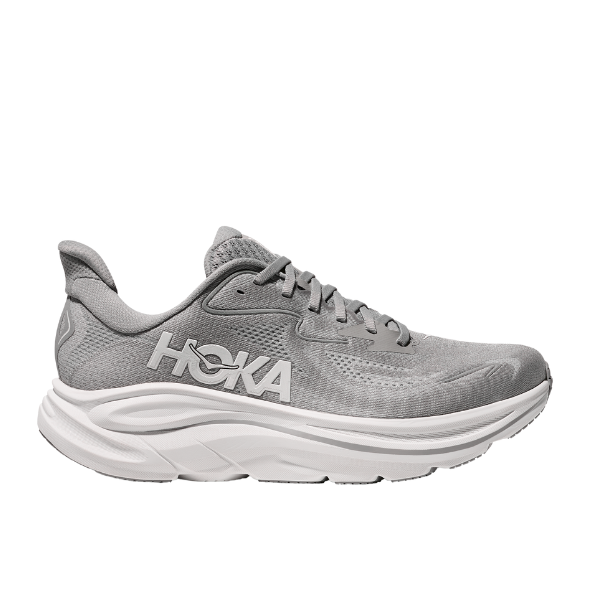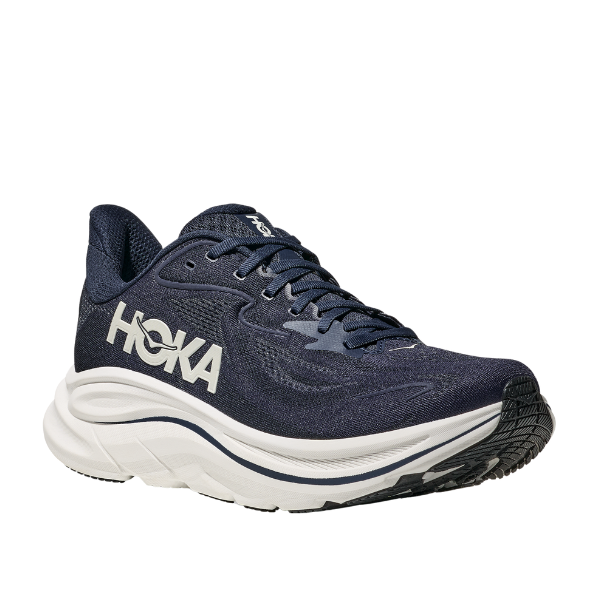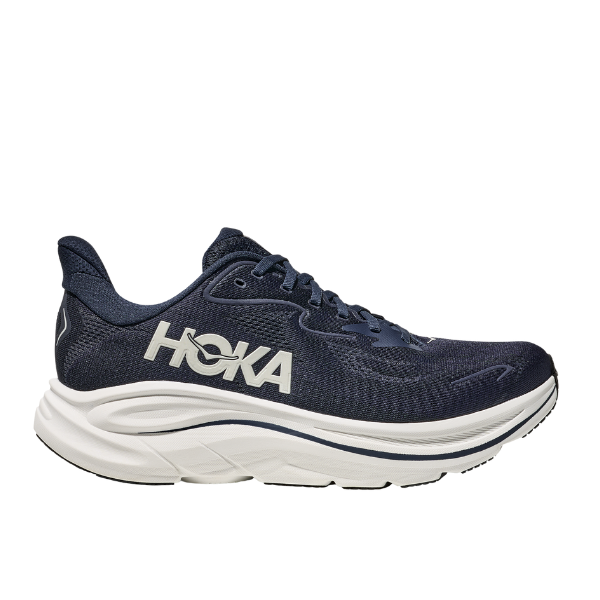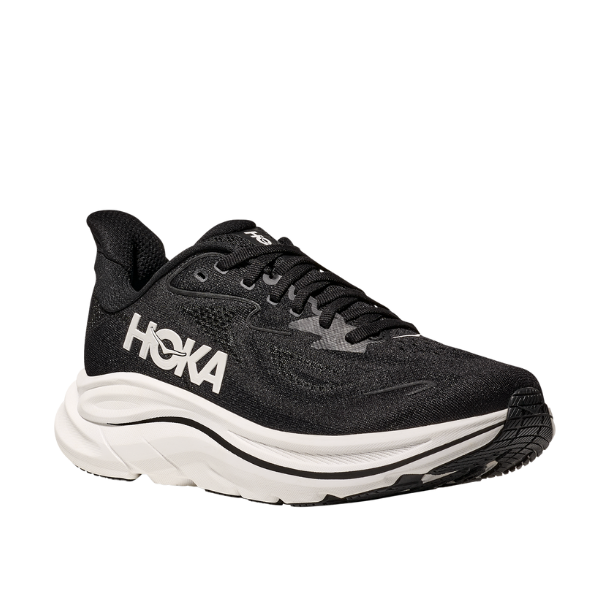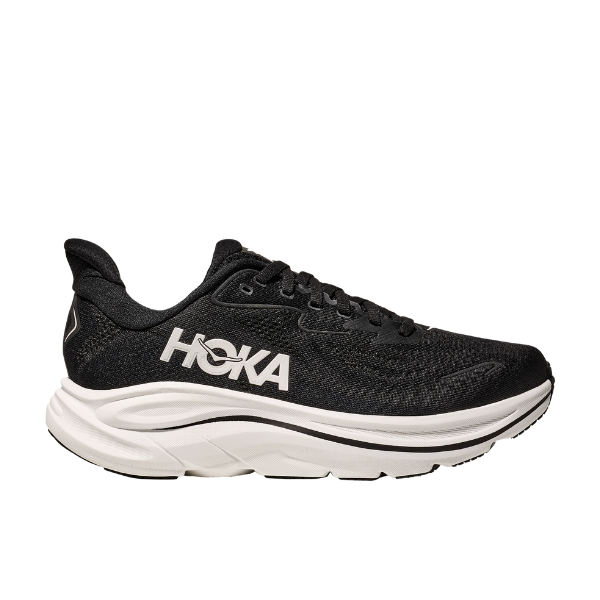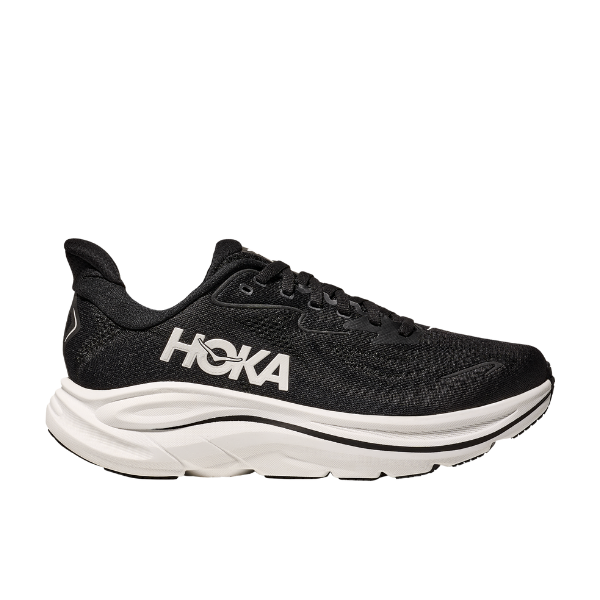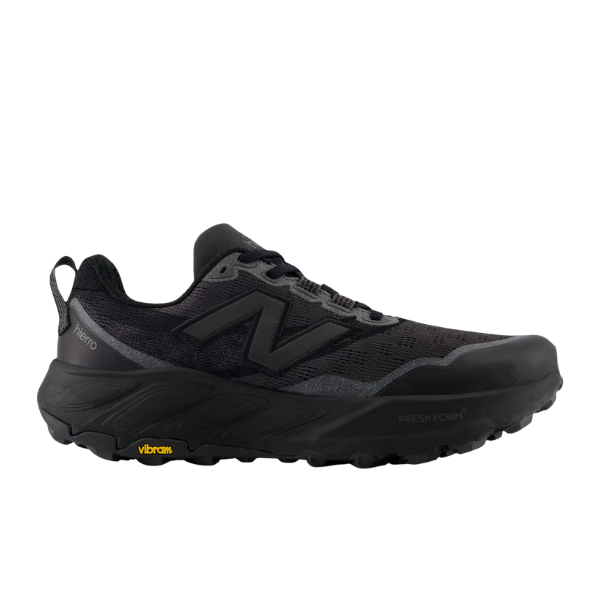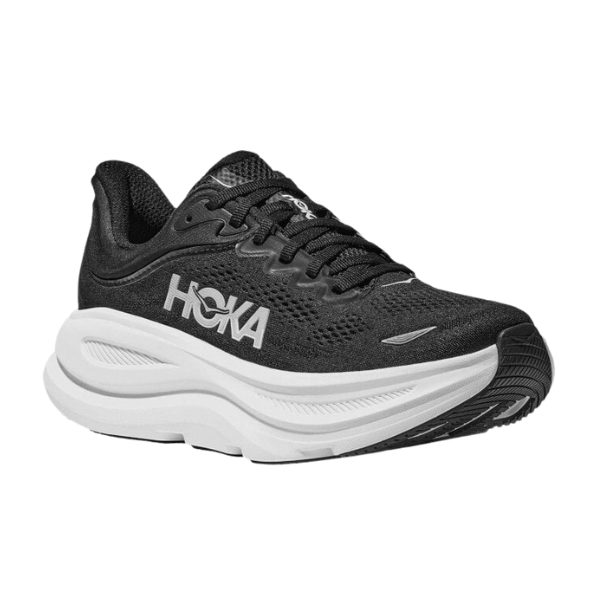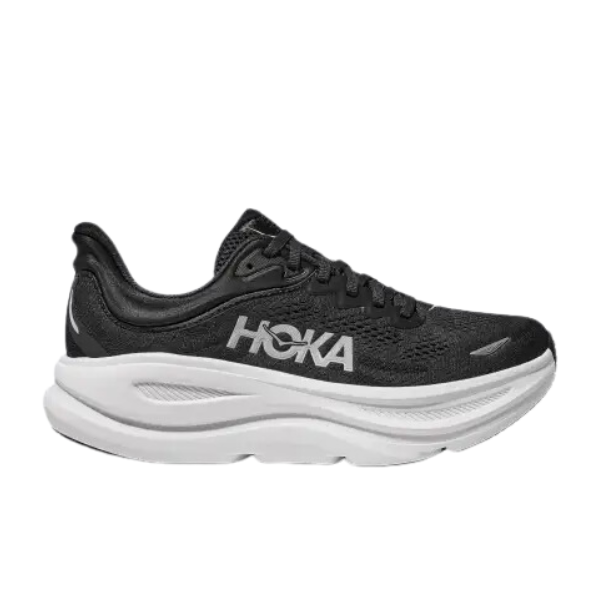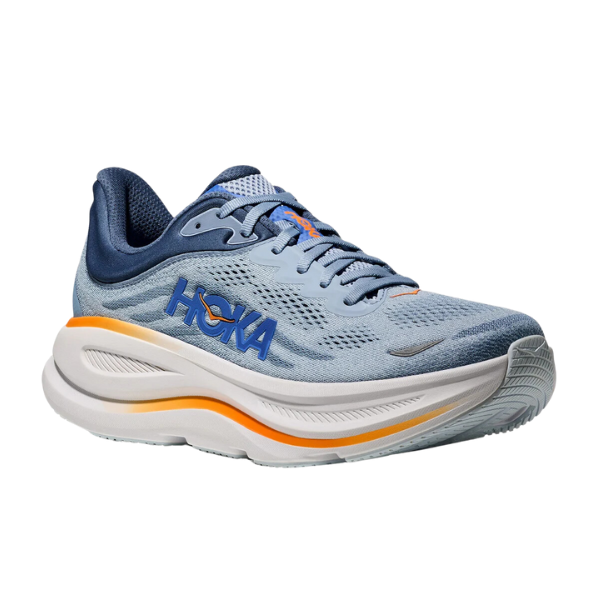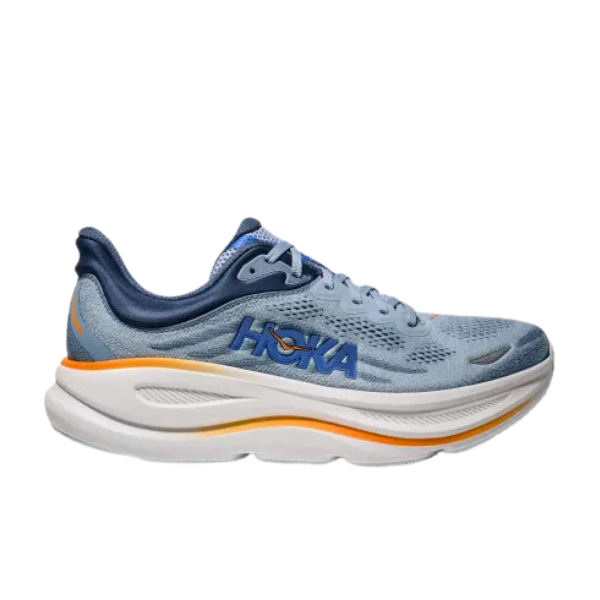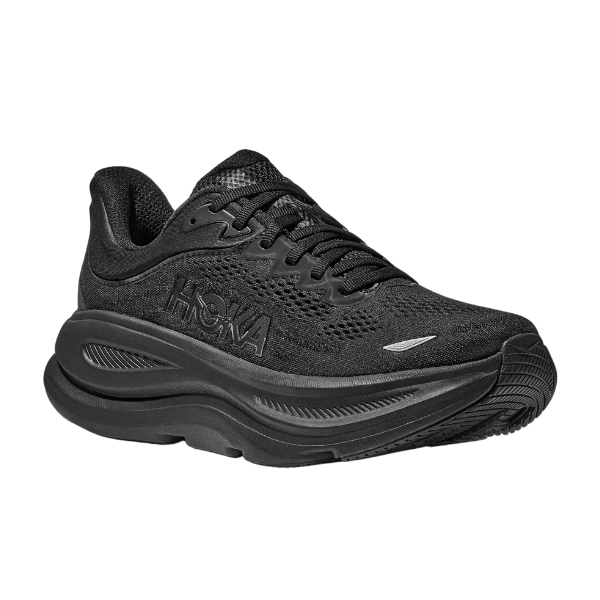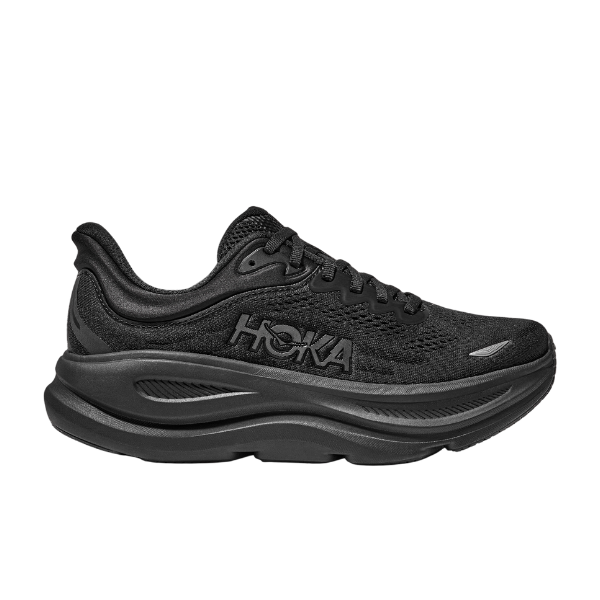How to Choose the Best Men's Running Shoes
Are you an avid runner looking for the perfect pair of running shoes to help you perform at your best? With so many options on the market, it can be overwhelming to choose the right pair. It's important to know what features to look for in order to ensure your comfort and performance are optimized.
From cushioning and support to durability and breathability, each feature plays a crucial role in ensuring a comfortable and efficient run.
Take a look at the top features to look for in men's running shoes to help you make an informed decision when selecting your next pair.
Types of Running Shoes and Their Main Features
Start by first understanding the types available and their main features is crucial for finding the right pair that suits your needs.
- Neutral running shoes: Designed for runners with a neutral gait, these athletic shoes offer a good balance of cushioning and flexibility, making them suitable for most runners.
- Stability shoes or motion control shoes: These types of footwear are ideal for runners who overpronate, providing extra support and cushioning to help prevent inward rolling of the foot.
- Minimalist running shoes: With a lightweight and low-profile design, minimalist footwear promotes a more natural running form and encourages strengthening of the foot and lower leg muscles. They're also known as zero-drop shoes.
- Trail running shoes: Featuring rugged outsoles and durable materials, they are designed to provide traction and protection on rough terrain and unpredictable surfaces.
- Cushioned running shoes: Always have a pair of shoes like these that offer extra padding and comfort, making them suitable as race shoes for runners looking for a plush and soft ride, especially for a recovery run after a hard marathon or competition.
- Lightweight running shoes: Built for speed and agility, these are lightweight and responsive, perfect for runners looking to pick up the pace.
- Cross-training shoes: Versatile and durable, these are designed for a variety of training activities, providing stability and support for lateral movements and quick transitions.
How to Determine Your Foot Size and Type Correctly
To accurately determine your foot size and type, measure your feet using a ruler or measuring tape while standing. Here's how you can identify the right fit:
- Foot Size: Stand up straight and place your foot on a ruler or measuring tape. Measure from the heel to the longest toe for the length and across the widest part of your foot for the width. This will give you an accurate measurement of your size. Wide feet always require more flexible and breathable materials, along with half sizes, while narrow feet will likely need footwear that can be more snug to provide stability.
- Foot Type: Look at your arch to determine your foot type - neutral, high arch, or flat feet. Understanding your foot shape and type is crucial in selecting the right shoes that provide adequate support and comfort.
- Neutral Shoe: If you have a neutral foot type, opt for neutral shoes that offer balanced cushioning and support. These shoes are versatile and suitable for runners with normal pronation.
- Cushioned Shoes for Daily Trainers: For daily trainers or recovery runs, consider cushioned shoes that provide extra support and shock absorption. These everyday shoes are ideal for everyday running and long-distance comfort, especially if you have flat feet.
- Gait cycle: A gait cycle refers to the sequence of movements involved in walking or running. It begins when one foot makes contact with the ground (initial contact or heel strike) and ends when the same foot makes contact with the ground again. Each person's gait cycle can be unique, so always try to find the footwear best suited for your cycle while running.
Tips on Choosing the Best Running Shoes for Men
After determining your foot size and type correctly, focus on selecting running shoes that cater to your specific needs and provide optimal support and comfort for your runs.
We've compiled a couple of tips that will inspire you to find your new favorite shoe for running. Or maybe even a couple of extra pairs of shoes as well:
1. Proper Fit
The most important factor when choosing running shoes is ensuring they fit properly. Make sure there is enough room in the toe box to wiggle your toes and that the shoes feel snug without being too tight.
2. Arch Support
Consider your foot arch type - high, normal, or flat. Choose a supportive shoe that provides adequate arch support to prevent discomfort and injuries.
3. Firm Cushioning
Look for shoes with firm, extra cushioning to absorb impact and reduce strain on your joints. The level of cushioning you need will depend on your running style and preferences. The foam used in the midsole can greatly impact the shoe's responsiveness and durability, so pay attention to this feature. Be careful about it being too thick and heavy —lighter shoes will always make for better running. Neutral runners might also suffer from plush cushioning as they don't require as much.
4. Breathability
Opt for running shoes made with breathable materials to keep your feet cool and dry during runs. The mesh upper is extra important, as light and well-ventilated ones can help your feet keep cool, preventing them from overheating and reducing the risk of blisters or hot spots. This feature is especially important for long-distance runners. Also, consider the weight of the shoes; the lightest shoes can enhance your speed and agility.
5. Stability
If you overpronate or supinate, choose shoes that offer stability or motion control features to help correct your gait.
6. Traction
If you often run on uneven terrain, prioritize shoes with a sturdy outsole that offers excellent traction and stability. This feature becomes crucial for maintaining your balance and preventing slips and falls.
7. Flexibility
Ensure the running shoes are flexible enough to allow for natural foot movement while providing support.
8. Try Them On
Visit a specialty running store where experts can analyze your gait and recommend the best shoes for your running style. Try on shoes later in the day when your feet are slightly swollen, similar to how they may be during a run.
9. Test Run
If possible, take the shoes for a test run in the store or on a treadmill to ensure they feel comfortable and supportive. Your toes should have enough room to wiggle, and there should be no uncomfortable pressure points.
10. Replace Regularly
Running shoes have a limited lifespan due to wear and tear, especially if you're an everyday runner or use them for daily training. Over time, shoes lose cushioning and support, putting you at risk for injuries. Keep an eye on wear patterns or discomfort to know when it's time for a new pair. Replace them every 300-500 miles or when they start to show signs of deterioration.
Regularly replacing your shoes ensures you're running with proper support, helping you stay injury-free and perform at your best.
11. Rotate Shoes
Have multiple pairs of running shoes and rotate them to prolong their lifespan and prevent overuse injuries.
12. Clean and Maintain
Keep your pair clean by gently handwashing with mild soap and air-drying them. Avoid putting them in the washing machine or dryer.
13. Store Properly
Store your running shoes in a cool, dry place away from direct sunlight to prevent the materials from deteriorating.
Remember, the best running shoes for men won't only complement your running style but also provide the necessary support and protection for a smooth and enjoyable running experience. By following these tips, you can select the best running shoes for men that provide comfort, support, and durability for your runs.
Frequently Asked Questions
Can I Use Running Shoes for Other Activities Like Weightlifting or Basketball?
You can use your pair of running shoes for other activities like weightlifting or basketball, but they may not be the best choice. Running shoes are designed for forward motion and firm cushioning, which may not provide the stability and support needed for lateral movements or heavy lifting.
For activities that involve different types of movements, consider a pair of shoes specific to those activities to prevent injury and optimize performance.
Are There Specific Running Shoes For Different Types Of Terrain, Such As Trails Or Roads?
When it comes to running shoes, you'll find styles designed for various terrains like trails or roads. Trail running shoes have rugged outsoles for better grip on uneven surfaces, while road running shoes offer smoother soles suited for pavement.
It's essential to choose the right type based on where you'll be running to ensure optimal performance and comfort. Always keep in mind the terrain-specific features to enhance your running experience.
Can I Wash My Running Shoes in the Washing Machine?
You won't ruin them right away if you wash your running shoes in the washing machine, although it's not recommended if you want them to last longer. However, it's best to remove the insoles and laces, place them in a mesh laundry bag, and use a gentle cycle with cold water.
Avoid using harsh detergents or hot water to prevent damaging the materials. Once washed, let them air dry naturally to maintain their shape and performance.
What Are Some Of The Most Recommended Running Shoe Brands?
There is a huge variety of popular shoes for running out there. Still, we at Lucky Feet Shoes will always recommend the Brooks running line, like the Brooks Ghost 15, Brooks Adrenaline GTS, and Brooks Glycerin StealthFit, Hoka and their Hoka Bondi, Hoka Mach, and Hoka Clifton; and from New Balance, its notable models like the New Balance Fresh Foam 1080 and their 860, and the New Balance FuelCell.
These are just a few examples, and the best running shoe for you will depend on factors such as your running style, foot shape, and personal preferences. It's always recommended to try on different shoes and seek expert advice at a specialty running store before making a purchase.
Lucky Feet Shoes is Here With Your Future New Pair of Running Shoes
Now that you have learned about the different types of men's running shoes and how to determine your foot size and type, you're ready to choose the best pair for your needs.
Remember to prioritize comfort, support, stability, and performance-enhancing features when making your selection, no matter if you're a recreational runner or trying or just using them on the treadmill.
With the right running shoes, whether they're new Brooks Adrenaline or Hoka Mach, you can enjoy a smooth and comfortable running experience while minimizing the risk of injuries.
Happy running!






